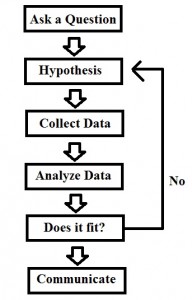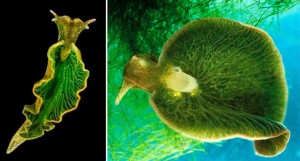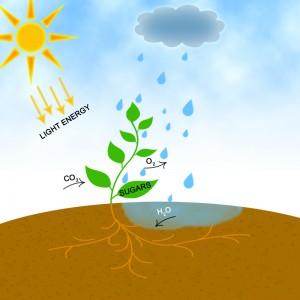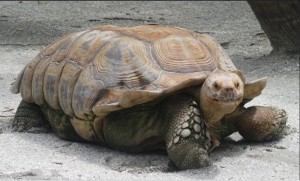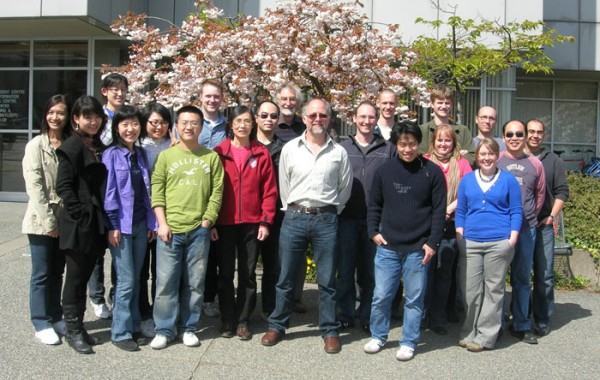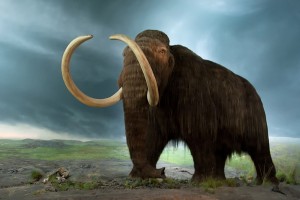Obesity is a leading health problem in Canada and many other countries throughout the world, with it becoming one of the leading causes of death worldwide. However, what if someone who is clinically obese can decrease their body fat simply by taking a pill? Modern prescription drugs for weight loss do exist; however, they aren’t very effective and can have messy side effects!
Well, recent scientific discoveries may have found the perfect candidate to serve as a replacement for the current prescription drugs available for treating clinical obesity. Irisin, a hormone produced by skeletal muscle cells during exercise is capable of burning fat tissue reserves when introduced into circulation. Irisin achieves this by converting white fat cells, which are the fat cells used to store fat in the human body, into brown fat cells, which are fat cells responsible for burning fat to produce heat.
An article published in Nature showed that increased irisin levels in humans and mice causes more brown fat cell development, which lead to an increase in energy usage in the form of burning existing fat tissues. This increase in energy consumption occurred in a controlled environment, without any changes in the mice’s amount of physical movement or food intake, which can lead to induced weight loss in obese individuals (Bostrom et al.).
Tension quickly rose due to researchers speculating if irisin actually exists in the human body, with studies criticizing the methodologies that Bostrom et al. used to detect irisin within humans. However, a recent article published in Cell Metabolism by Bruce Spiegelman showed definitive proof that irisin does exist in the human body. Instead of using more traditional methodologies commonly used to detect hormones in the human body; Bruce Spiegelman and his colleagues used a new method involving mass spectrometry to accurately detect and quantify the amount of irisin in participating human subjects (Spiegelman et al.).
Isn’t that great then? Shouldn’t pharmaceutical companies quickly adapt the hormone irisin and start producing a weight loss pill? However, I think the issue of time restricts any advancements in the pharmaceutical industry in actually producing such a pill. Since irisin has only been discovered in mice recently, and confirmation of irisin in humans was only published in August 2015.
As well, I would like to bring up a similar weight loss drug that was invented in 1933 that also showed the same promise as irisin. DNP, or 1,3 dinitrophenol was shown to increase metabolism rates by converting chemical energy into heat. Though the mechanisms that they occur aren’t identical, the end result of increased body metabolism and body temperature is observed for both DNP and irisin. DNP quickly became a wonder drug that took North America by storm; even now, DNP can be purchased online as a diet pill. However, tragic deaths have been associated with usage of DNP as a weight loss treatment, with terrible consequences of DNP overdosing including fatal hyperthermia (extreme body heat).
I feel that with something as promising as irisin being capable of helping obese individuals loose weight, the pharmaceuticals, FDA, and researchers have to take responsibility and caution in the future. Making sure that if irisin does become a prescription drug to treat morbid obesity, the tragedies associated with DNP will not occur again in the 21st century.
Here’s a video on Scishow explaining current weight loss pills :
By: Yu Chieh (Brian) Cheng


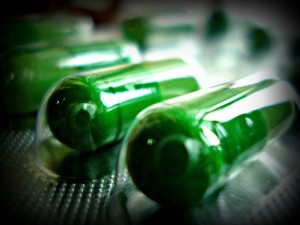








 Ant carrying larva during raiding.
Ant carrying larva during raiding. Photo credited to Wondergressive: Ants fighting during raiding
Photo credited to Wondergressive: Ants fighting during raiding
